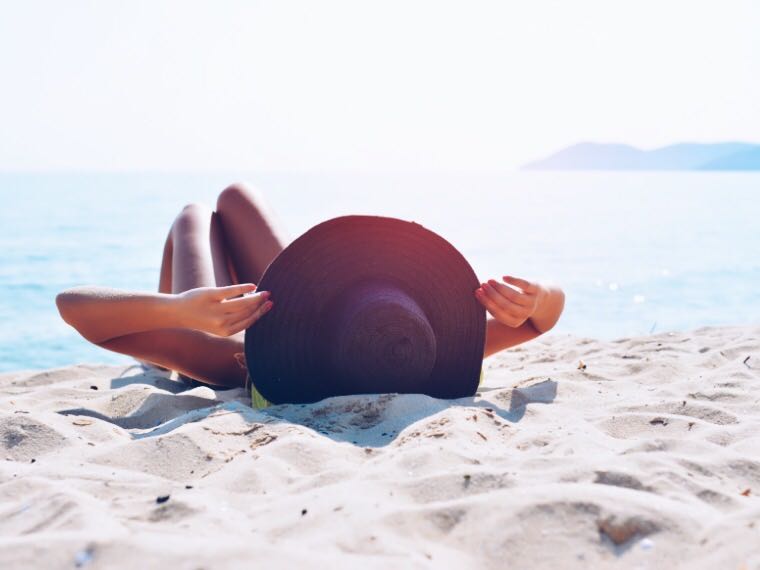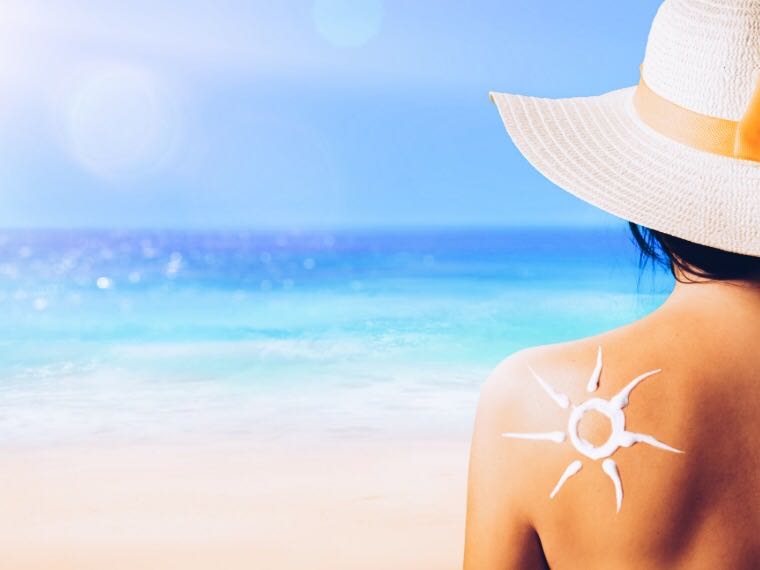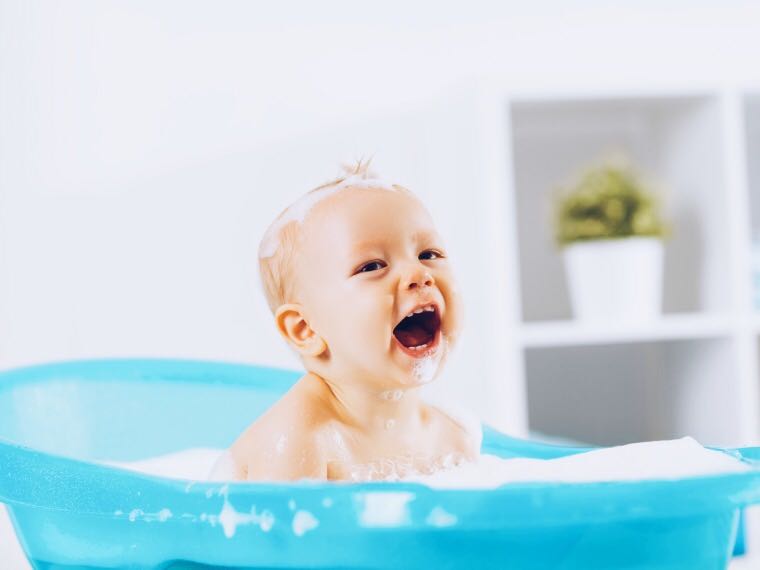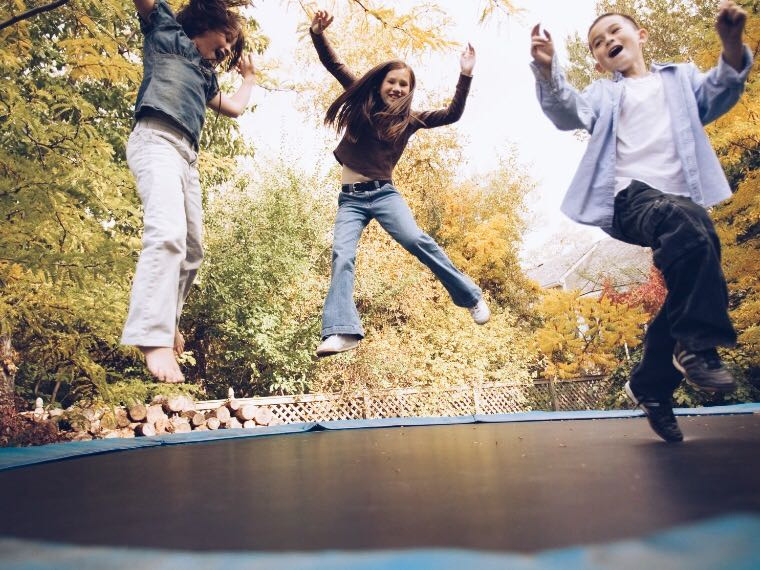UV Rays: The Truth About Tanning
July 1, 2019 | by BMI Staff
What are UV rays?
The American Cancer Society breaks down UV by explaining the different types and side effects of each.
UVA: “A” for Aging:
UVA rays age skin cells by causing damage to the DNA makeup.
This type is responsible for signs of early aging, and they play a role in some skin cancers.
This type is also the most common ray present in tanning beds.
UVB: “B” for Burning:
UVB rays offer an increased amount of energy, damaging DNA more directly.
These are the rays that contributeto sunburns, and have a stronger
presence in natural sunlight. They are believed to cause most skin cancers.
UVC: “C” for Cancer-Free:
UVC rays do not penetrate the earth’s atmosphere, and they are not found
in sunlight. Therefore, they do not normally cause skin cancer.
What is a tan?
Golden skin is a common desire for many of us, especially once those summer months hit. But why exactly do our bodies get darker in the sun? Melanin is the pigment responsible for tan skin. It is found in all skin types, and those at a higher risk for sun damage (those close to the equator, for example) have more of it. When exposed to UV rays, skin cells produce more melanin to protect the vital parts of each cell, such as the nucleus.
Are naturally tan people safe from UV damage?
All skin types hold the same risk for developing cancer, regardless of one’s ability to tan. While one sunburn can double your risk of skin cancer, any amount of sun exposure will increase the odds. The darkening of the skin is the body’s way of defending against cell damage. Naturally fair skin is less capable of producing the melanin pigment, often resulting in burning. However, every time skin cells are exposed to UV radiation, cell damage occurs.
Is it safer to tan in a bed than to sunbathe?
We’ve all heard it; whether from friends or even the people behind the tanning-salon counter: “indoor tanning is safer than sunbathing.” The American Academy of Dermatology, however, says the opposite. One tanning session, alone, increases the risk of developing different skin cancers (“melanoma by 20%, squamous cell carcinoma by 67%, and basal cell carcinoma by 29%”).
Tanning beds are especially dangerous for teenagers, as the risk for developing melanoma is higher for younger people. Tanning beds implement unrelenting, direct UV rays for the duration of the tanning session. This controlled environment poses more danger than the unpredictability of the atmosphere, causing more harm to an individual than sunbathing.
Those who tan regularly tend to form an addiction to the warming sensation of laying in the bed. Those who grow this attachment often describe tanning as a mood lifter or as an easy way to relax. This makes the practice more habitual and can cause individuals to use tanning beds at a life-threatening rate. Unfortunately, it is the group that is most at risk for harm that tends to form these habits: white, non-Hispanic teens.
Does a base tan protect against sun damage?
It is a common practice for many vacationers to develop a base tan before heading to the beach or prior to the hot, summer months. The belief is that activating the melanin pigment in small doses prior to a large amount of sun exposure will build up the body’s natural ability to protect against the radiation. Unfortunately, this practice has an adverse effect on skin. A base tan, whether formed in a tanning bed or the outdoors, cannot protect skin from sunburn later on. Tanned skin is a sign of injury, which means that developing a base tan weakens skin cells, making them more susceptible to sun damage.
Does the sun damage anything other than skin?
According to the Canadian Association of Optometrists, UV rays can damage more than just your skin. Eyes are at risk for irreversible damage, as well. Unlike skin, eyes are more susceptible to sun damage in the morning and evening hours, as that is when the sun is rising and setting at eye level.
All sunglasses aren’t created equal. Cheap, grocery store sunglasses may not hold the same UV protection as a quality-made pair. Be sure to check the labels for 100% UVA and UVB protection.
Tanning is temporary; the damages are forever.
Suntans are a perilous vanity that weaken skin and increase the risk of cancer. No amount of UV exposure is permanent or even long-lasting. What are long-lasting, however, are the side effects to this beauty routine. Even putting the risk for various skin cancers aside, plenty of other adverse effects are likely to arise for those with a tanning habit. Tanning, whether indoor or outdoor, causes skin to age more quickly. It causes early wrinkles and dramatizes existing ones. It creates premature age spots. Skin firmness suffers as does softness. For long-time tanners, skin begins to take on a leathery texture.
If you are looking for a way to achieve that golden glow for your next beach vacation or simply for days at the pool, sunless tanner is a far safer option. A spray tan can last weeks, and self-tanning lotions are widely available and affordable. Remember that these products rarely include UV protection, so never spend time outside without applying sunscreen.









